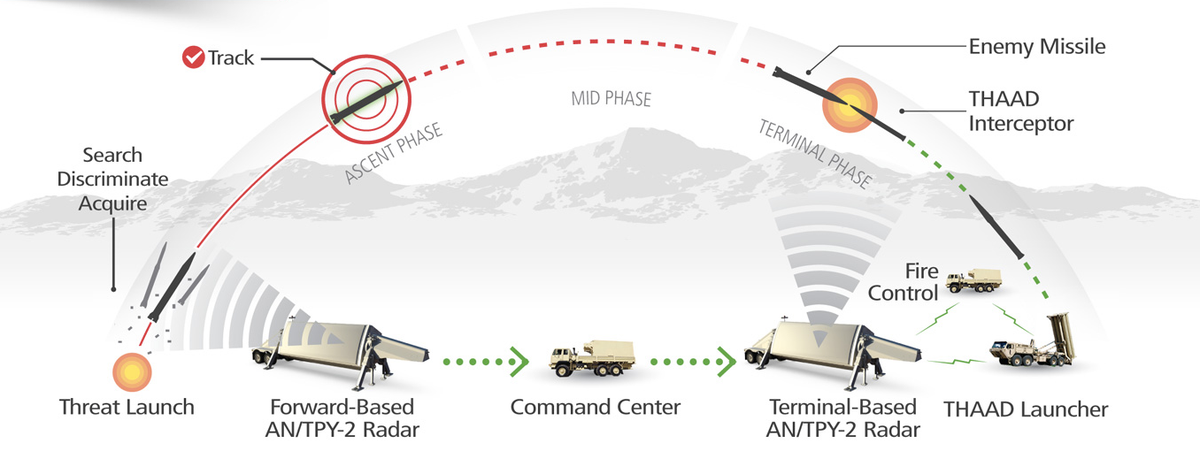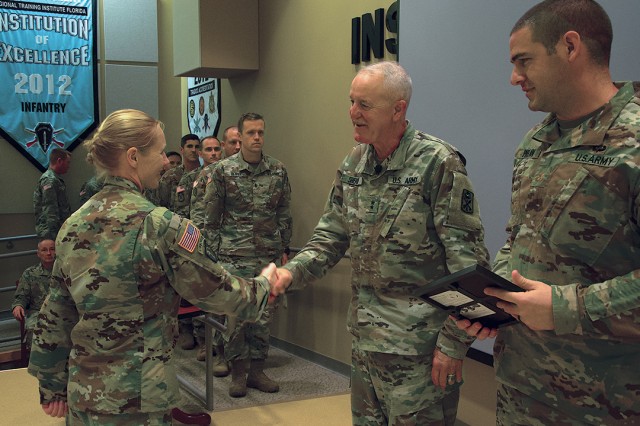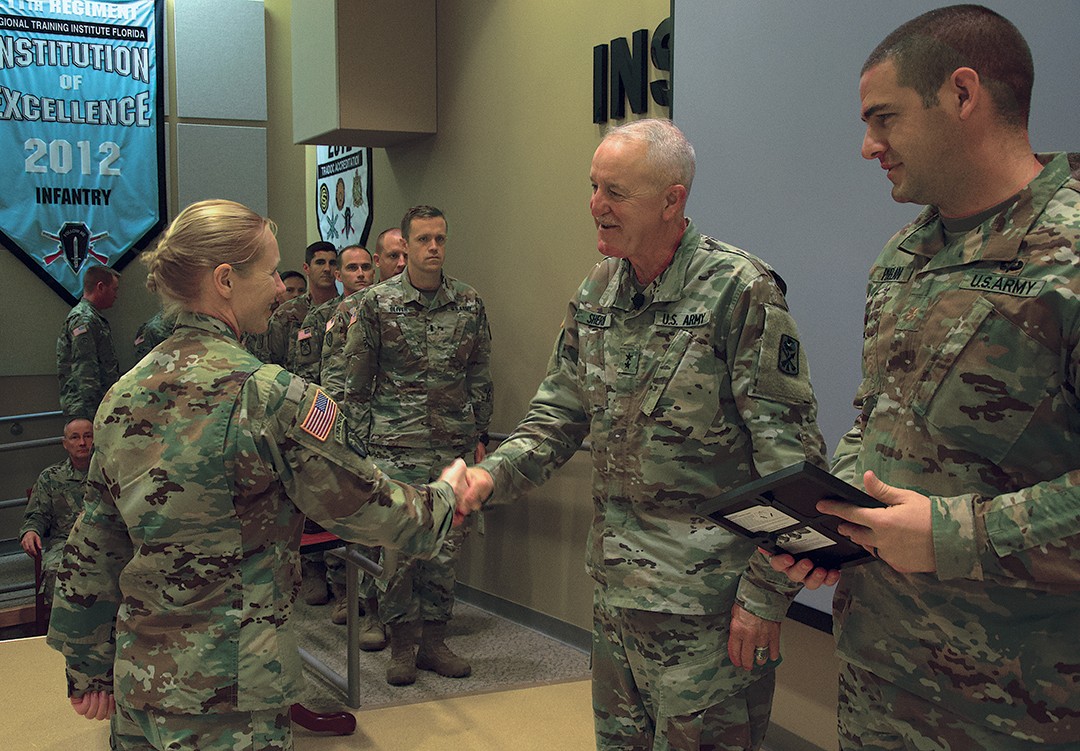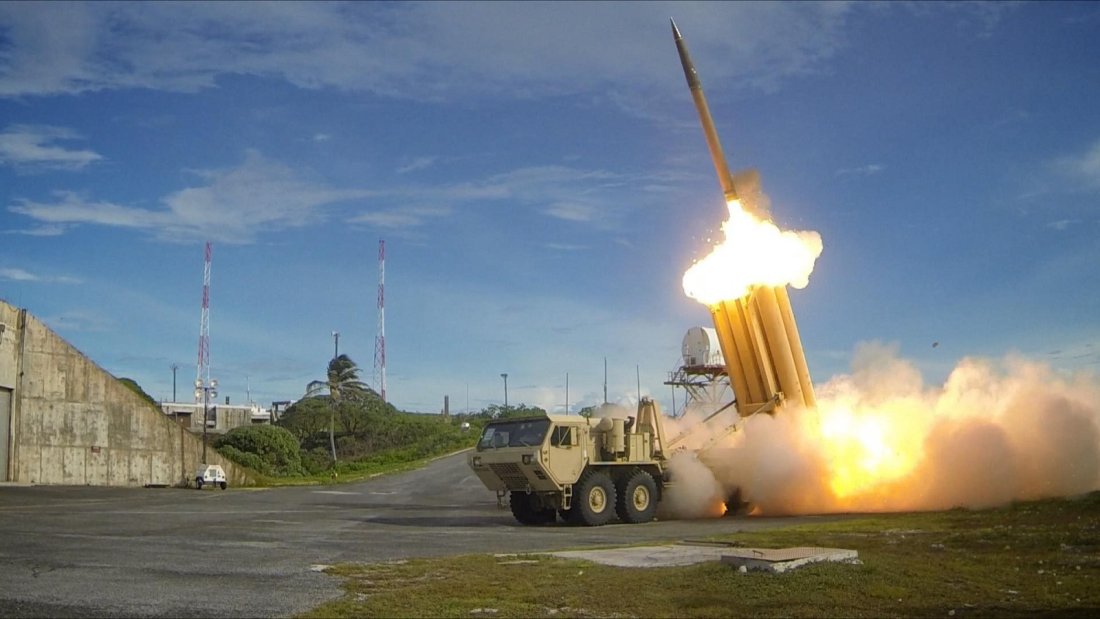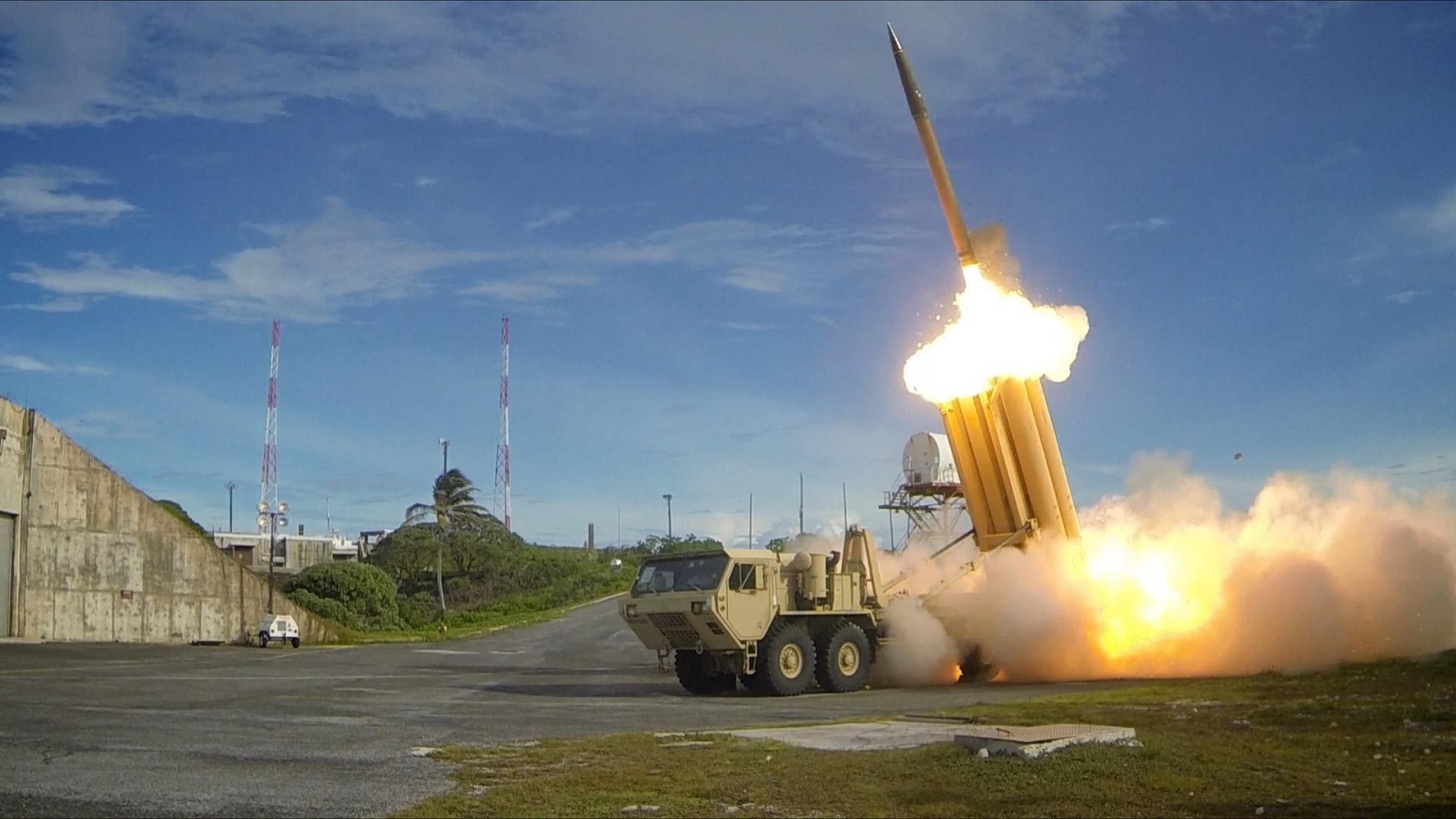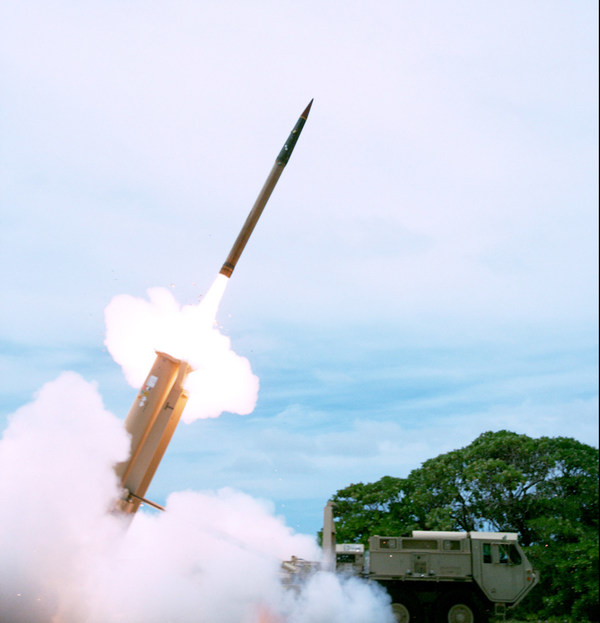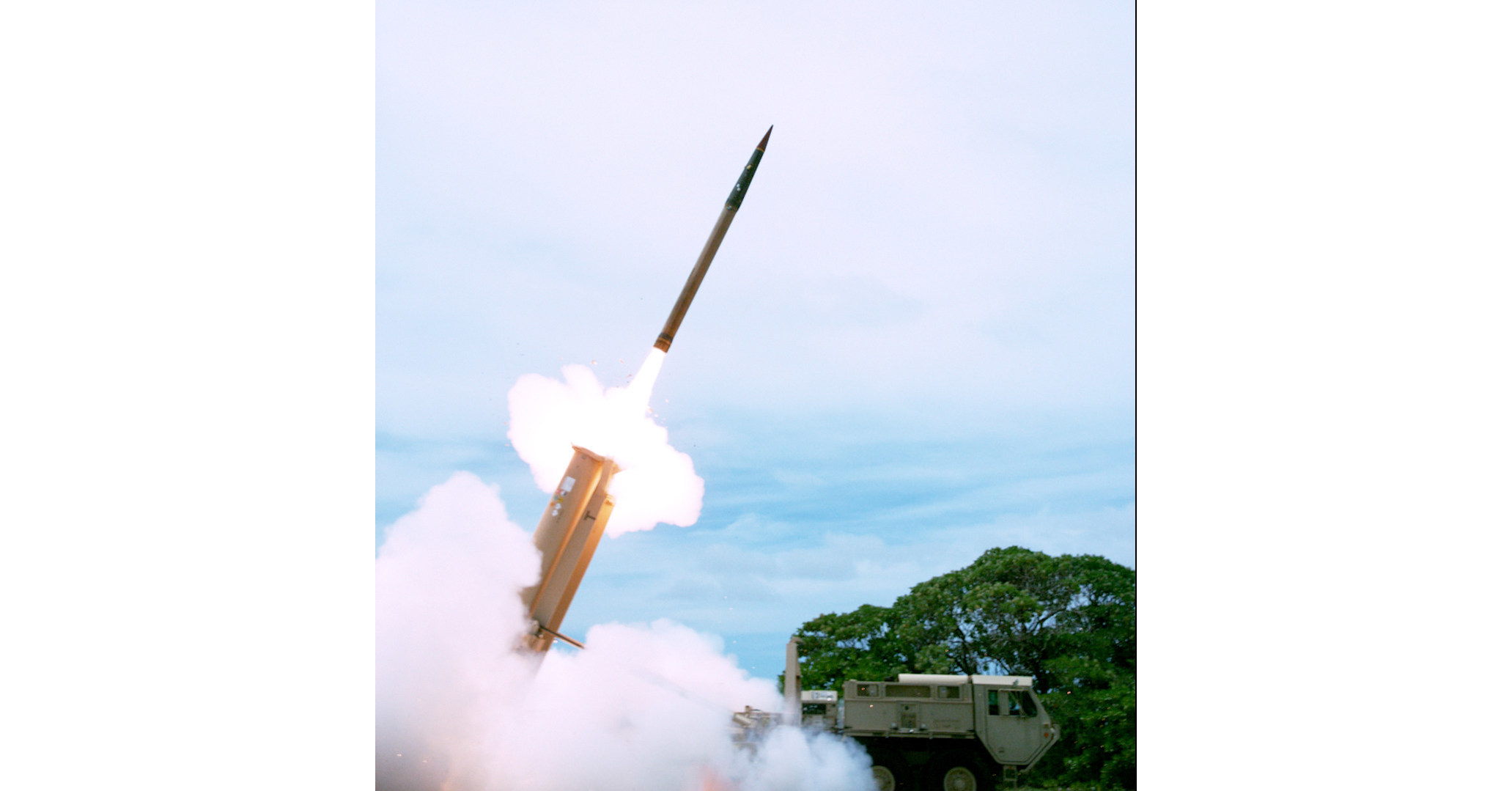Scorpion
THINK TANK: SENIOR
THAAD Terminal High-Altitude Area Defense
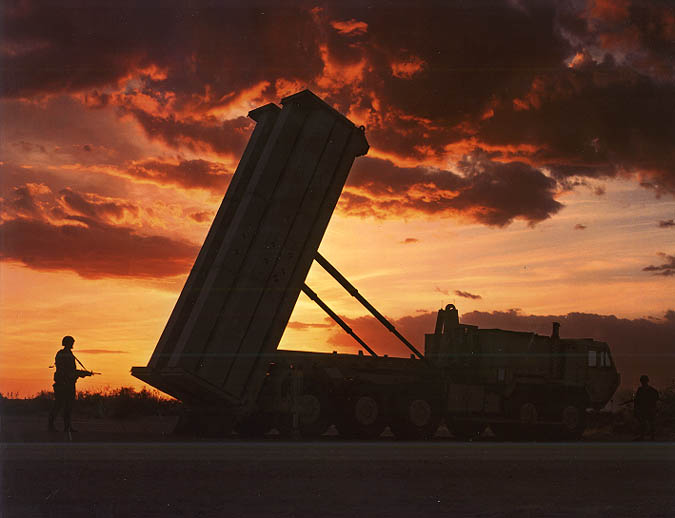
The THAAD terminal (formerly theatre) high-altitude area defence missile system is an easily transportable defensive weapon system to protect against hostile incoming threats such as tactical and theatre ballistic missiles at ranges of 200km and at altitudes up to 150km.
The THAAD system provides the upper tier of a 'layered defensive shield' to protect high value strategic or tactical sites such as airfields or populations centres. The THAAD missile intercepts exo-atmospheric and endo-atmospheric threats.
The sites would also be protected with lower and medium-tier defensive shield systems such as the Patriot PAC-3 which intercepts hostile incoming missiles at 20 to 100 times lower altitudes.
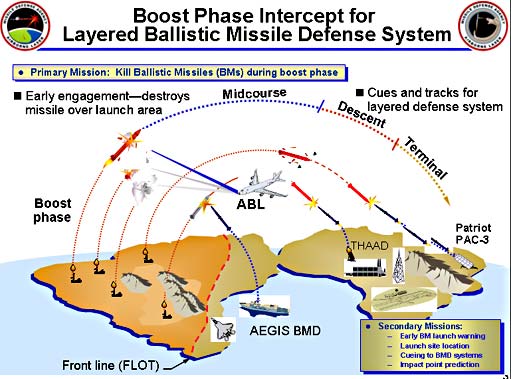
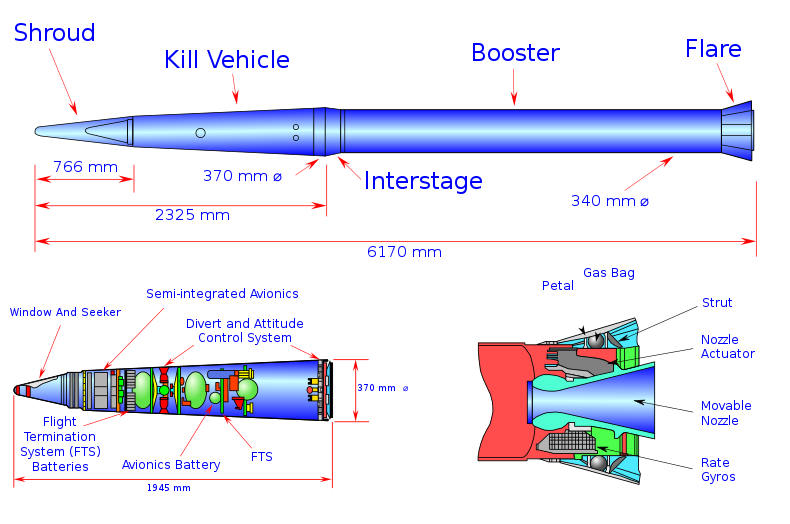

THAAD missile battery
The THAAD battery typically operates nine launch vehicles each carrying eight missiles, with two mobile tactical operations centres (TOCs) and a ground-based radar (GBR).
THAAD missile information
The target object data and the predicted intercept point are downloaded to the missile prior to launch. The updated target and intercept data are also transmitted to the missile in flight.
The missile is 6.17m in length and is equipped with a single stage solid fuel rocket motor with thrust vectoring. The rocket motor is supplied by Pratt & Whitney Rocketdyne. The launch weight is 900kg.
"The THAAD (theatre high-altitude area defence) missile system is an easily transportable defensive weapon."
A separation motor is installed at the interstage at the forward end of the booster section. The separation motor assists in the separation of the kinetic kill vehicle (KKV) and the spent boost motor.
The shroud separates from the KV before impact. The KV is equipped with a liquid-fuelled divert and attitude control system (DACS), developed by Pratt & Whitney Rocketdyne, for the terminal maneuvering towards the target intercept point.
A gimbal-mounted infrared seeker module in the nose section provides terminal homing to close in on the target missile in the terminal phase of approach.
During the initial fly-out phase of flight, the seeker window is covered with a two-piece clamshell protection shroud. Metal bladders installed in the shroud are inflated to eject the protective shroud before the seeker initiates target acquisition. The infrared seeker head, developed by BAe Systems, is an indium antimonide (InSb) staring focal plane array operating in the mid infrared 3 to 5 micron wavelength band.
M1075 truck-mounted launcher
There are nine M1075 truck mounted launchers in a typical THAAD battery. Launch vehicle is a modified Oshkosh Truck Corporation heavy expanded mobility tactical truck with load-handling system (HEMTT-LHS). The 12m-long by 3.25m-wide launch vehicle carries ten missile launch containers. While on the launcher, lead acid batteries provide the primary power. The batteries are recharged with a low-noise generator.
After firing, reloading the launch vehicle takes 30 minutes.
Ground-based radar
The cueing for the THAAD system is provided by the Raytheon Systems AN/TPY-2 ground-based radar (GBR) for surveillance, threat classification and threat identification. THAAD can also be cued by military surveillance satellites such as Brilliant Eyes.
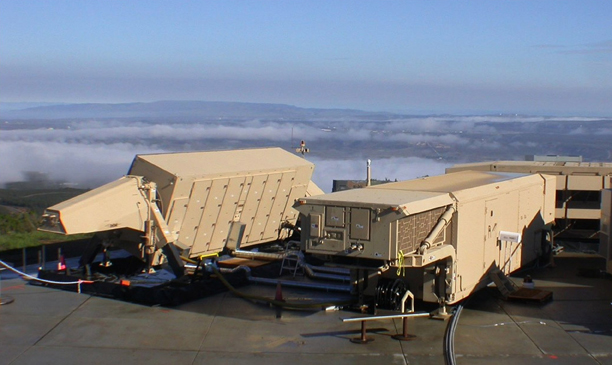
The ground based radar units are C-130 air transportable. The AN/TPY-2 radar uses a 9.2m² aperture full field of view antenna phased array operating at I and J bands (X band) and containing 25,344 solid-state microwave transmit and receive modules. The radar has the capability to acquire missile threats at ranges up to 1,000km.
The first production radar is being tested at the White Sands Missile Range in New Mexico. In September 2004, the THAAD radar tracked a tactical ballistic missile, cueing a successful intercept by a Patriot PAC-3 missile. A second radar was delivered to White Sands in June 2007.
Tactical operations centre
Each THAAD battery has two tactical operations centres (TOC). The TOC has been developed by Northrop Grumman, formerly Litton Data Systems Division. The TOC accommodates two operator stations and is equipped with three Hewlett-Packard HP-735 data processors.
"The THAAD missile uses kinetic energy, hit-to-kill technology."
Mobile BMC3I units
The THAAD system is able to 'hand over' targets to other defence systems and can cue the targets to other weapons. THAAD is able to interface to other US or allied air defence data information networks and to the battle management and command control and communications centre.
Northrop Grumman has been contracted to develop the THAAD BMC3I. The battle management and command, control, computers and intelligence (BMC3I) units are installed in hardened shelters mounted on high-mobility multi-wheeled vehicles (HMMWVs).
The THAAD communications system can use JTIDS, mobile subscriber equipment, SINCGARS and the joint tactical terminal for voice and data communications and for intelligence data transfer.

The THAAD terminal (formerly theatre) high-altitude area defence missile system is an easily transportable defensive weapon system to protect against hostile incoming threats such as tactical and theatre ballistic missiles at ranges of 200km and at altitudes up to 150km.
The THAAD system provides the upper tier of a 'layered defensive shield' to protect high value strategic or tactical sites such as airfields or populations centres. The THAAD missile intercepts exo-atmospheric and endo-atmospheric threats.
The sites would also be protected with lower and medium-tier defensive shield systems such as the Patriot PAC-3 which intercepts hostile incoming missiles at 20 to 100 times lower altitudes.



THAAD missile battery
The THAAD battery typically operates nine launch vehicles each carrying eight missiles, with two mobile tactical operations centres (TOCs) and a ground-based radar (GBR).
THAAD missile information
The target object data and the predicted intercept point are downloaded to the missile prior to launch. The updated target and intercept data are also transmitted to the missile in flight.
The missile is 6.17m in length and is equipped with a single stage solid fuel rocket motor with thrust vectoring. The rocket motor is supplied by Pratt & Whitney Rocketdyne. The launch weight is 900kg.
"The THAAD (theatre high-altitude area defence) missile system is an easily transportable defensive weapon."
A separation motor is installed at the interstage at the forward end of the booster section. The separation motor assists in the separation of the kinetic kill vehicle (KKV) and the spent boost motor.
The shroud separates from the KV before impact. The KV is equipped with a liquid-fuelled divert and attitude control system (DACS), developed by Pratt & Whitney Rocketdyne, for the terminal maneuvering towards the target intercept point.
A gimbal-mounted infrared seeker module in the nose section provides terminal homing to close in on the target missile in the terminal phase of approach.
During the initial fly-out phase of flight, the seeker window is covered with a two-piece clamshell protection shroud. Metal bladders installed in the shroud are inflated to eject the protective shroud before the seeker initiates target acquisition. The infrared seeker head, developed by BAe Systems, is an indium antimonide (InSb) staring focal plane array operating in the mid infrared 3 to 5 micron wavelength band.
M1075 truck-mounted launcher
There are nine M1075 truck mounted launchers in a typical THAAD battery. Launch vehicle is a modified Oshkosh Truck Corporation heavy expanded mobility tactical truck with load-handling system (HEMTT-LHS). The 12m-long by 3.25m-wide launch vehicle carries ten missile launch containers. While on the launcher, lead acid batteries provide the primary power. The batteries are recharged with a low-noise generator.
After firing, reloading the launch vehicle takes 30 minutes.
Ground-based radar
The cueing for the THAAD system is provided by the Raytheon Systems AN/TPY-2 ground-based radar (GBR) for surveillance, threat classification and threat identification. THAAD can also be cued by military surveillance satellites such as Brilliant Eyes.

The ground based radar units are C-130 air transportable. The AN/TPY-2 radar uses a 9.2m² aperture full field of view antenna phased array operating at I and J bands (X band) and containing 25,344 solid-state microwave transmit and receive modules. The radar has the capability to acquire missile threats at ranges up to 1,000km.
The first production radar is being tested at the White Sands Missile Range in New Mexico. In September 2004, the THAAD radar tracked a tactical ballistic missile, cueing a successful intercept by a Patriot PAC-3 missile. A second radar was delivered to White Sands in June 2007.
Tactical operations centre
Each THAAD battery has two tactical operations centres (TOC). The TOC has been developed by Northrop Grumman, formerly Litton Data Systems Division. The TOC accommodates two operator stations and is equipped with three Hewlett-Packard HP-735 data processors.
"The THAAD missile uses kinetic energy, hit-to-kill technology."
Mobile BMC3I units
The THAAD system is able to 'hand over' targets to other defence systems and can cue the targets to other weapons. THAAD is able to interface to other US or allied air defence data information networks and to the battle management and command control and communications centre.
Northrop Grumman has been contracted to develop the THAAD BMC3I. The battle management and command, control, computers and intelligence (BMC3I) units are installed in hardened shelters mounted on high-mobility multi-wheeled vehicles (HMMWVs).
The THAAD communications system can use JTIDS, mobile subscriber equipment, SINCGARS and the joint tactical terminal for voice and data communications and for intelligence data transfer.

